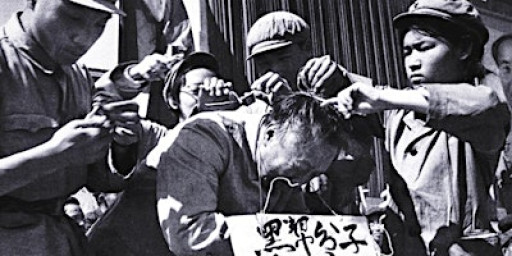

The Cultural Revolution was presented by Mao Zedong as a radical movement to restore “revolutionary purity” and empower the masses, but China was never democratic and China’s working class never held power. By 1966 the Chinese Communist Party had already crushed independent trade unions and banned strikes. Mao’s call to “rebel” against “capitalist-roaders” inside the party was really a struggle between rival factions within a one-party dictatorship.
Millions of students and young people were mobilised as Red Guards to attack officials, teachers, and intellectuals. Universities closed, chaos spread, and the army was eventually sent in to restore order. Hundreds of thousands were killed or exiled to forced labour.
Despite the rhetoric of “mass participation” and “serving the people,” the Cultural Revolution strengthened bureaucratic control. After Mao’s death in 1976, the same ruling elite returned to power and soon reintroduced market reforms under Deng Xiaoping.
The Cultural Revolution was not a workers’ uprising but a violent power struggle within an authoritarian regime. It left no trace of workers’ democracy—only the continued dominance of the Communist Party over China’s workers.